Navratri Festival: Celebrating Divine Devotion and Colorful Traditions
Introduction:
Navratri, meaning "nine nights," is one of the most vibrant and widely celebrated Hindu festivals in India. It is dedicated to the worship of the goddess Durga and her nine forms, with each night representing a different manifestation. Navratri is a time of immense joy, devotion, and cultural significance, marked by colorful decorations, energetic dances, and elaborate rituals. In this blog, we delve into the essence of Navratri, exploring its traditions, significance, and the infectious enthusiasm that surrounds it.
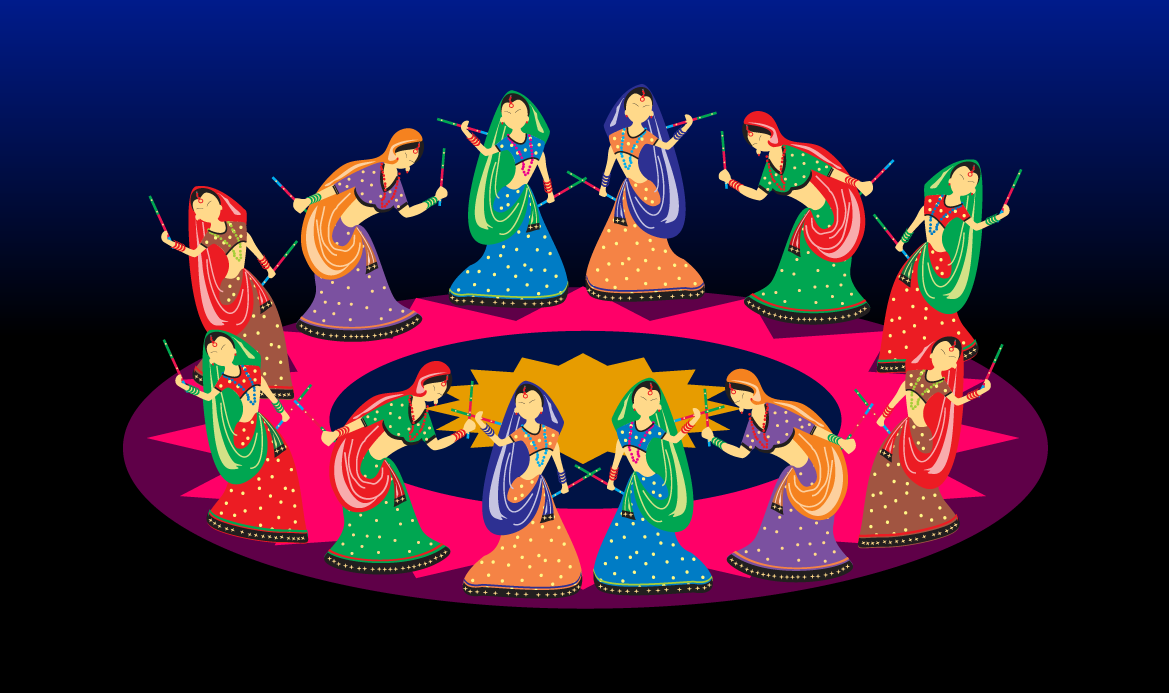
Origins and Mythological Significance:
Navratri finds its roots in Hindu mythology, specifically the story of the battle between goddess Durga and the buffalo demon Mahishasura. It symbolizes the triumph of good over evil and the divine feminine power. Exploring the fascinating legends behind Navratri adds depth to the understanding of this festival and its significance in Indian culture.
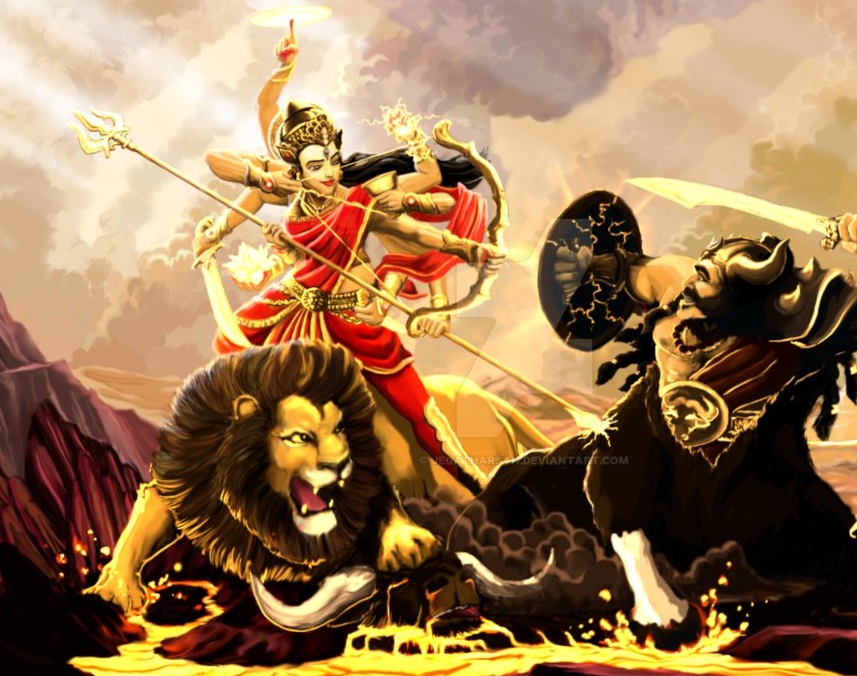
The Nine Nights of Devotion:
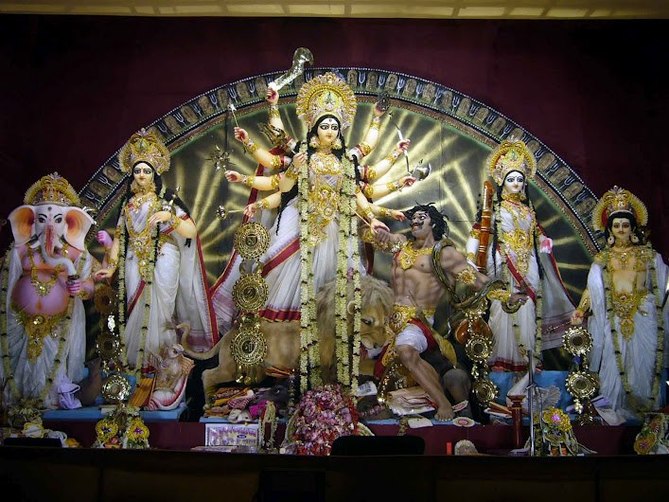
Garba and Dandiya:
Mesmerizing Dance Celebrations:
One of the highlights of Navratri is the energetic folk dances of Garba and Dandiya-Raas. These dances are performed in circles, accompanied by rhythmic clapping, singing, and the use of colorful sticks (dandiyas). Highlight the spirit of these dances, their regional variations, and the joy they bring to the participants. Embedding relevant footages showcasing these dances will enhance the visual appeal of the blog.
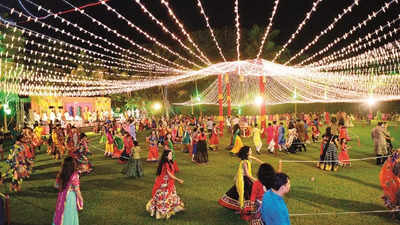
Colorful Traditions and Decorations:
Navratri is a festival of vibrant colors, which is evident in the clothes people wear, the decorations in homes and temples, and even the flowers used for worship. Elaborate on the significance of these colors, the traditional attire worn during Navratri, and the artistry involved in creating captivating decorations. Including images of colorful rangoli designs, temple decorations, and traditional attire can captivate readers' attention.
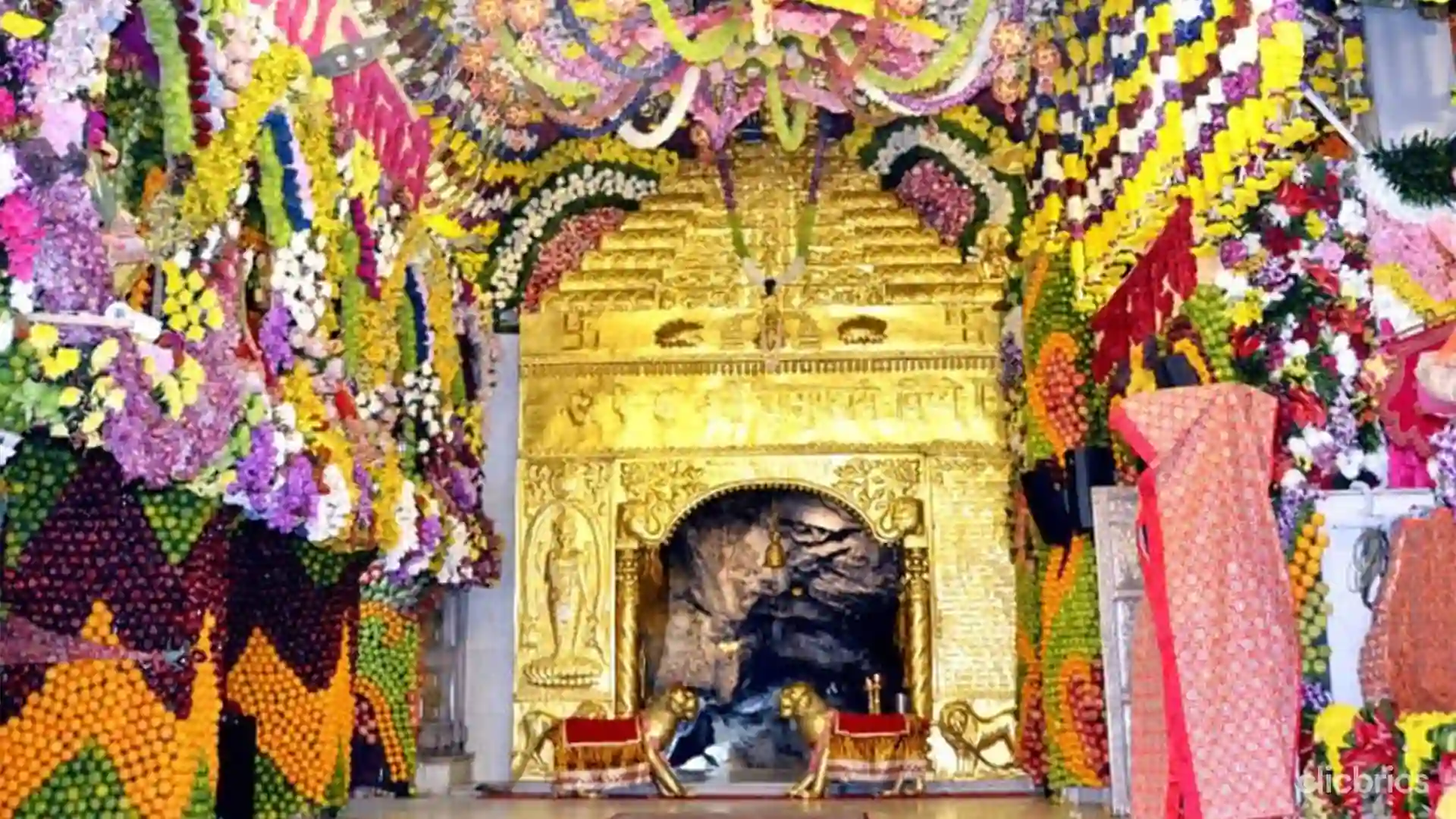
Navratri Cuisine:
A Gastronomic Delight:
No festival in India is complete without indulging in delicious food, and Navratri is no exception. Explore the unique cuisine associated with Navratri, which primarily focuses on vegetarian dishes and fasting-friendly ingredients. Highlight popular Navratri recipes like sabudana khichdi, kuttu ki puri, and samvat rice pulao, along with their cultural significance and health benefits.

Navratri Celebrations Around India:
Navratri is celebrated with great enthusiasm throughout India, but each region has its own unique customs and traditions. Provide a glimpse into the diverse ways Navratri is observed across different states, such as Gujarat, West Bengal, Maharashtra, and Tamil Nadu. Showcase the distinct rituals, dances, and festivities specific to each region.

Comments
Post a Comment